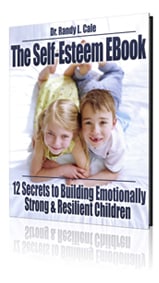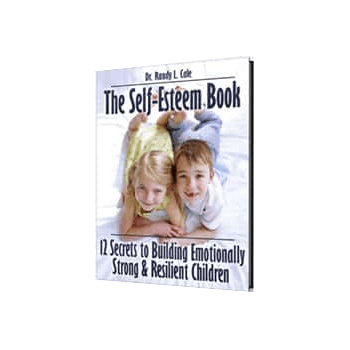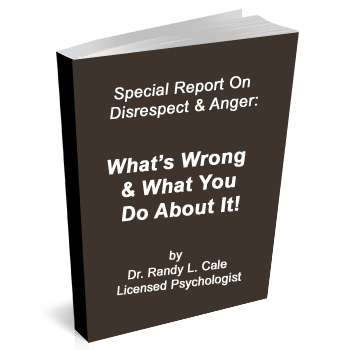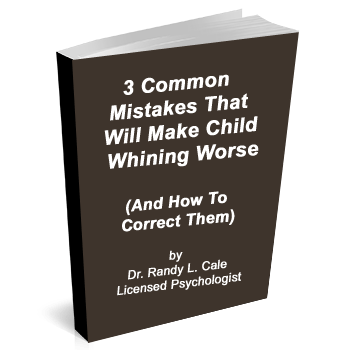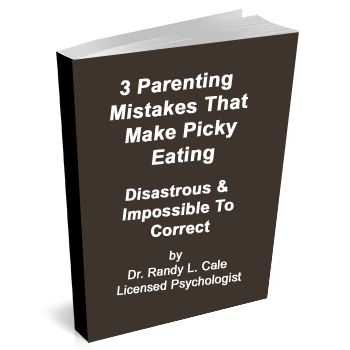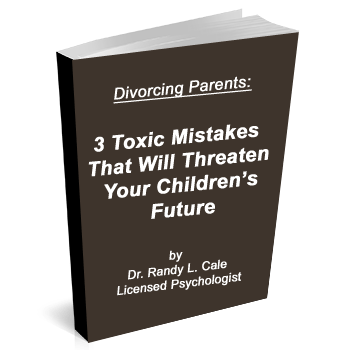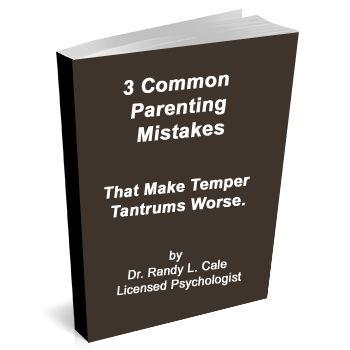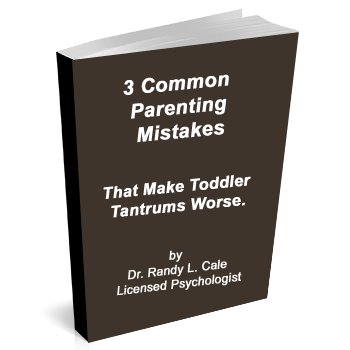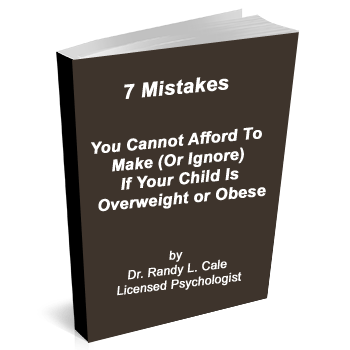Daily, the news is filled with horrific incidents worldwide, such as terrorism or the seemingly endless shooting sprees at workplaces, schools, and military bases. In addition, the political climate reflected in the media intrigues many parents and children to become bystanders, absorbing a considerable amount of judgment and conflict. If not thoughtful, fearful headlines and stories are present as adults watch the news, while innocent children absorb the emotional content as they play with their toys or eat breakfast.
Many parents are concerned about children’s exposure to many sources of potential anxiety and ask how to handle this. It is important to emphasize that fear is at the heart of anxiety, so our job is to manage exposure and response to fearful events in many ways. Here are a few easy guidelines to think about:
1. Reassurance is beneficial to children.
When significant events occur in which people are harmed or injured or when terrorism or tragedy is discussed, children benefit from parental reassurance. Good data, as well as common sense, support this approach.
This is best accomplished by emphasizing that these events occur and that Mom and Dad are doing everything possible to keep the family safe. It’s critical to reassure them that our country and its people are, in the end, strong and resilient. The message to the children should be that we will all get through this.
Exposure Matters, Thus Set Limits.
It is critical to understand that we, as parents, help determine what our children focus upon in multiple ways, affecting anxiety. First, there is the issue of how much exposure we offer to upsetting information. This is the most fundamental line of defense against anxiety from societal events. Set limits on exposure, and then discuss rather than repeatedly expose children. Repeated witnessing often reinforces fears rather than reducing them.
3. Focus Matters
Next, in the face of tragedy, conflict, or violence, what we focus upon matters immensely. When highly upsetting events occur, we want to nurture compassion for all involved, if possible. However, there is often little that children or adults can do directly. In essence, it’s out of our control.
The more we focus on events we cannot control, the more we teach children to do the same. With this, anxiety tends to escalate.
Instead, consider creating family initiatives that reflect action toward family values. What can you do to help? Sometimes, we can help raise funds. Sometimes, we can volunteer. Sometimes we can write letters.
But when there is nothing to do globally within our control, it’s better to turn our actions toward our neighbors and communities. What can we do to serve them, make a difference, or help in a way that creates a good feeling and a positive outcome?
In other words, rather than passively watching or absorbing the uncontrollable, shift focus toward actions we can control and preferably ensure that some actions are proactive in helping others.
Pay more attention to “everyday” concerns.
According to research, children’s everyday concerns revolve around their daily existence. Bullies, academic and athletic performance, and video games are all on their minds. These events are more relevant and often fundamental to emerging childhood anxiety. This brings up several important points:
First, pay close attention to your children’s enthusiasm for school, friends, and activities. If you see a difference, inquire if anything is happening.
However, please don’t be pushy or worried while doing so since this will drive them away or induce more fear. Instead, maintain a casual demeanor while remaining interested and concerned. Rather than forcing talks, provide opportunities for them to open up about their world. If they don’t respond, don’t push.
When They Have Concerns, Develop a Strategy for Action
If they do start to discuss these everyday concerns, listen initially. Be understanding, but not prescriptive. In other words, avoid being the expert and immediately offering solutions.
Instead, use questions to focus them on ideas and options rather than complaints that mom or dad try to solve immediately. Let them be the masters of their lives and discover they have tools and ideas that may work well.
Be cautious about becoming the parent who wants the school to solve issues. Sometimes, this is needed, but often, children get stronger by finding and implementing solutions independently. Whether peer-related issues, academics, or sports-related, please do your best to allow your child to be the expert on their life.
Your goal is to help them develop a strategy and implement it. Then, gently hold your child accountable to the plan they have helped to create.
With each effort, applaud the effort, even if it is ineffective. Emphasize that challenging situations are rarely solved with one effort and often require some follow-up actions. Building a sense that they can do something to address these everyday concerns is job one. We want to get them out of the worrier or complainer role and into a more proactive action role.
However, if you are a reader of my articles over the years, you understand that I am hesitant to recommend repeating the same conversations over and over. Why? Because children learn that complaints will get lots of repetitive attention, but personal action to create change is not required. This is the formula for a miserable life, filled with a sense of inadequacy to handle challenges.
When such strategies fail to be effective, there may be more brain-related dysregulation, causing anxiety and related symptoms. Contact us at CaptialDistrictNeurofeedback.com, and we can help you sort out the path that can change more resistant patterns of fear and anxiety.






